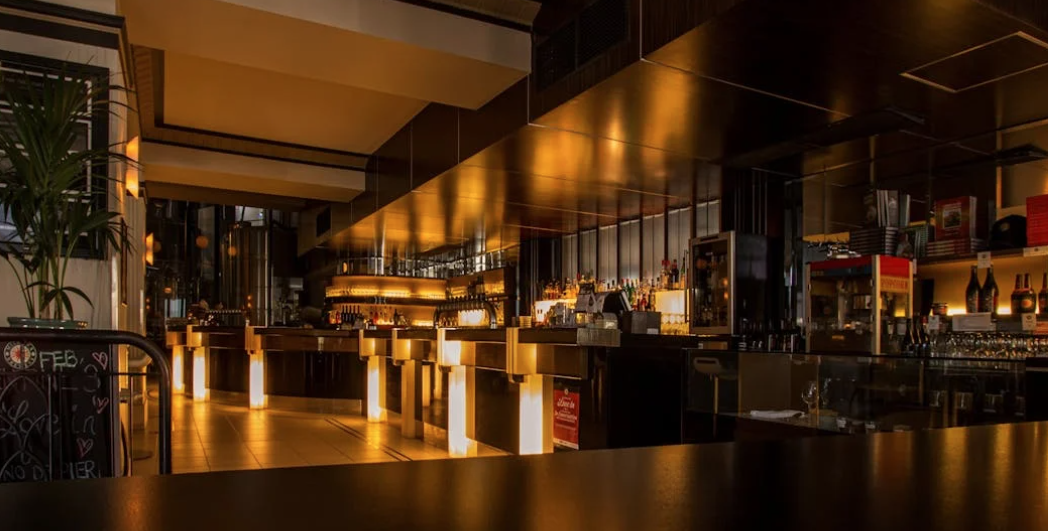Starting a restaurant is a thrilling and challenging endeavor that requires careful planning and preparation. One of the most crucial aspects of setting up a successful restaurant is selecting the right equipment. From kitchen appliances to dining room furniture, every piece of equipment plays a significant role in the operation and success of your restaurant. This article will guide you through the essential steps to start a restaurant with a focus on selecting and acquiring the right restaurant equipment.
Step 1: Develop a Business Plan
A well-thought-out business plan is the foundation of any successful restaurant. It should include:
-
Concept and Theme: Define your restaurant’s concept, theme, and target audience. Will it be a casual dining spot, a fine-dining establishment, or a fast-food outlet?
-
Market Research: Analyze the competition and identify your unique selling points. Understand the demographics and preferences of your target market.
-
Menu Design: Plan your menu, considering the type of cuisine you will offer and the complexity of the dishes.
-
Financial Plan: Outline your budget, projected expenses, revenue, and profitability. Include the cost of restaurant equipment, staffing, and marketing.
Step 2: Secure Funding
Starting a restaurant requires significant investment, particularly in purchasing high-quality restaurant equipment. Explore various funding options such as personal savings, loans, investors, or grants. Present a solid business plan to potential investors or lenders to secure the necessary funds.
Step 3: Choose a Location
The location of your restaurant can significantly impact its success. Consider the following factors:
-
Visibility and Accessibility: Choose a location that is easy to find and accessible to your target customers.
-
Foot Traffic: High foot traffic areas, such as busy streets or shopping centers, can attract more customers.
-
Space and Layout: Ensure the space can accommodate your kitchen, dining area, storage, and other essential areas. The layout should facilitate efficient workflow and customer comfort.
Step 4: Obtain Permits and Licenses
Comply with local regulations by obtaining the necessary permits and licenses to operate your restaurant. These may include:
-
Business License: Register your restaurant as a legal entity.
-
Health Permits: Ensure your kitchen meets health and safety standards.
-
Food Handler’s Permit: Certify that all staff handling food are trained and certified.
-
Liquor License: If you plan to serve alcohol, obtain the appropriate license.
Step 5: Design Your Restaurant Layout
An efficient and attractive layout enhances customer experience and staff productivity. Consider:
-
Kitchen Layout: Design the kitchen for optimal workflow, ensuring all necessary restaurant equipment is easily accessible.
-
Dining Area: Arrange tables and seating to maximize space while ensuring customer comfort. Consider the ambiance and décor.
-
Storage: Allocate sufficient space for storing ingredients, supplies, and equipment.
Step 6: Purchase Restaurant Equipment
Selecting the right restaurant equipment is crucial for efficient operations and food quality. Here’s a list of essential equipment for different areas of your restaurant:
Kitchen Equipment
-
Cooking Equipment:
Ovens: Convection, deck, or combination ovens for baking and roasting.
Stoves and Ranges: Gas or electric stoves for cooking various dishes.
Grills: Charbroilers or flat-top grills for grilling meats and vegetables.
Fryers: Deep fryers for frying foods like fries and chicken.
-
Refrigeration:
Walk-in Coolers and Freezers: For bulk storage of perishable items.
Reach-in Refrigerators and Freezers: For easy access to ingredients during food prep.
Prep Tables with Refrigeration: For keeping ingredients fresh while preparing dishes.
-
Food Preparation:
Mixers: Stand mixers for dough and batter preparation.
Food Processors: For chopping, slicing, and dicing ingredients.
Blenders: For soups, sauces, and smoothies.
-
Storage and Shelving:
Shelving Units: For organizing dry goods, utensils, and cookware.
Storage Containers: For keeping ingredients fresh and organized.
-
Dishwashing:
Dishwashers: Commercial dishwashers for efficient cleaning.
Sinks: Three-compartment sinks for washing, rinsing, and sanitizing.
Dining Room Equipment
-
Furniture:
-
Tables and Chairs: Comfortable and durable seating for customers.
-
Booths: For a more intimate dining experience.
-
High Chairs and Booster Seats: For families with young children.
-
-
Serving Equipment:
-
Plates and Bowls: Various sizes and styles for different dishes.
-
Glassware: For water, wine, cocktails, and other beverages.
-
Cutlery: Knives, forks, spoons, and specialty utensils.
-
Serving Trays and Bins: For efficient service and clearing of tables.
-
Bar Equipment (if applicable)
-
Bar Tools:
-
Shakers and Strainers: For mixing cocktails.
-
Bottle Openers and Corkscrews: For opening bottles.
-
Jiggers: For measuring spirits.
-
-
Refrigeration:
-
Undercounter Refrigerators: For storing beverages and garnishes.
-
Ice Machines: For keeping drinks cold.
-
Other Essential Equipment
-
Point of Sale (POS) System: For processing orders and payments efficiently.
-
Safety Equipment: Fire extinguishers, first aid kits, and safety signs.
-
Uniforms and Linens: Chef uniforms, aprons, and table linens.
Step 7: Hire and Train Staff
Hiring skilled and reliable staff is essential for delivering excellent service. Invest in thorough training to ensure your team is familiar with the restaurant equipment, menu, and customer service standards.
Step 8: Marketing and Promotion
Create a marketing plan to attract customers and build your restaurant’s brand. Utilize social media, local advertising, and partnerships with local businesses. Consider offering promotions and hosting events to generate interest.
Step 9: Soft Opening
Before the grand opening, conduct a soft opening to test your operations, gather feedback, and make necessary adjustments. Invite friends, family, and local influencers to experience your restaurant and provide constructive feedback.
Conclusion
Starting a restaurant requires careful planning, significant investment, and strategic decision-making. Selecting the right restaurant equipment is a critical step that impacts your kitchen’s efficiency, food quality, and overall guest experience. By following these steps and focusing on acquiring high-quality equipment, you can set the foundation for a successful and thriving restaurant.

